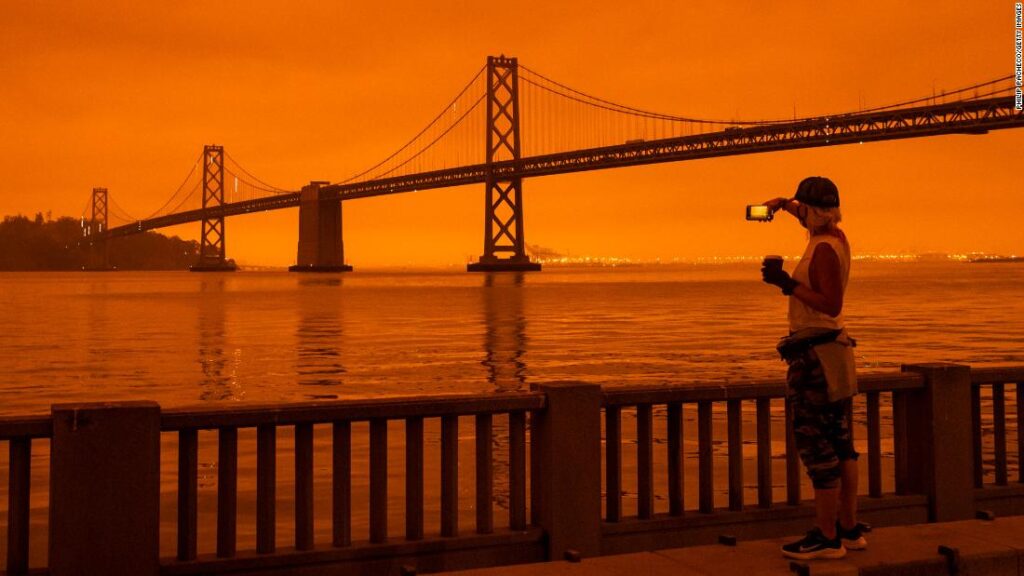After a steady 23-year decline in US pollution levels through 2017, the American Lung Association’s State of the Air 2022 report found a sharp uptick in pollution over the past five years.
People of color were disproportionately affected by pollution in the US. They were 61% more likely than White people to live in a county with a failing grade for at least one form of pollution and 3.6 times more likely to live in a county that fails for all three forms measured: year-round particle pollution, short-term particle pollution and ozone.
“That’s certainly a disturbing trend and one of the challenges that we have to address to promote health equity and environmental justice,” said Paul Billings, a senior vice president with the American Lung Association. “We see the impacts of systemic racism on those who bear the greater burden of pollution.”
Some experts predicted that with the Covid-19 pandemic and fewer people driving during lockdown, pollution levels would drop. There were indeed some marked improvements in air quality, Billings said, but the progress didn’t hold up nationwide throughout 2020.
People weren’t driving to work as much, but online shopping went up significantly. All those deliveries may have had a negative effect on pollution levels, Billings said.
For healthy people, exposure to this kind of pollution means more coughing, wheezing, asthma attacks and shortness of breath, Billings said. For people with asthma and other chronic disease, exposure means higher rates of premature death.
The cities that were most polluted by year-round particle pollution were all in California, with Bakersfield topping the list, followed by the Fresno-Madera-Hanford area, Visalia, the San Jose-San Francisco-Oakland area and Los Angeles. About 20.3 million people live in these areas.
The worst five areas for short-term particle pollution were also largely concentrated in California. The worst were the Fresno-Madera-Hanford area and Bakersfield. Fairbanks, Alaska, came in third, followed by two other California areas: San Jose-San Francisco-Oakland and Redding-Red Bluff. More than 63.2 million people live in these areas.
For ozone pollution, the five worst cities were Los Angeles-Long Beach, Bakersfield, Visalia and the Fresno-Madera-Hanford regions in California. Rounding out the worst five was Phoenix-Mesa, Arizona. More than 122.3 million people live in a county with a failing grade for ozone, but this is an improvement from last year’s report.
“We’ve seen some really bad air pollution events really driven by wildfire events in the West, and I think that’s a real change,” Billings said. “We’re really seeing the impact of climate change on our air quality, leading to really significant adverse health outcomes for the American people.”

